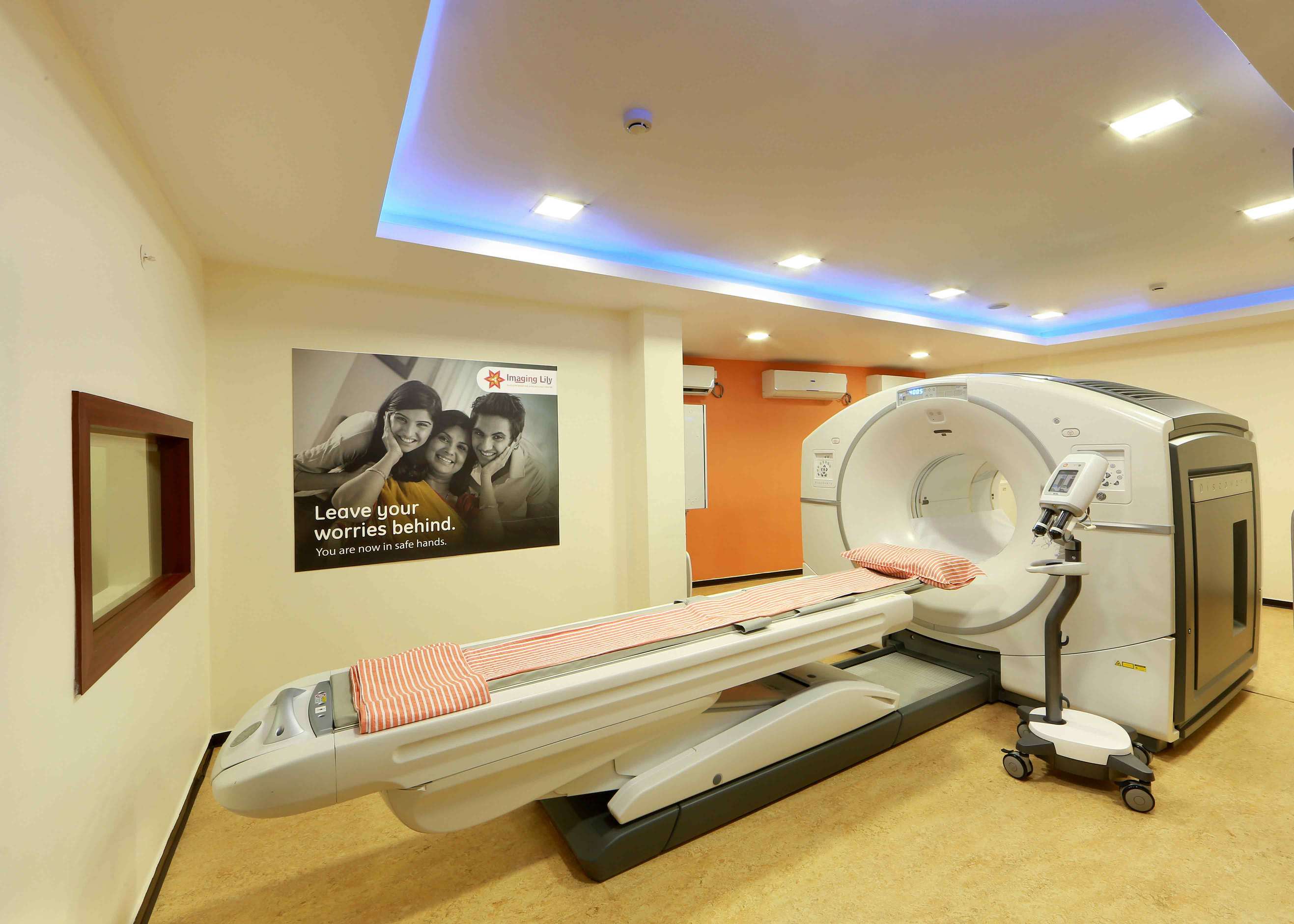


DTPA Scan:
The small bean-shaped organs which are about the size of your fist are located on each side of the spine. These organs are called kidneys. Their function is to filter the blood to remove dissolved salt and nitrogen compounds as urea. These wastes are mixed with water and discharged from the body through urine.
DTPA( diethylenetriaminepentaacetic acid) is a radiopharmaceutical used in the renal scan to identify the cause of reduced kidney functions may it be due to disease, obstruction or injury to the kidneys. The DTPA scan can delve into more than one kind of problem.
Procedure
Post measuring your height and weight, you shall be given some water to drink to keep yourself well-hydrated. You will then be asked to lie down, staying still on the scanning bed which possesses gamma camera underneath. A cannula (thin plastic tube) will be injected, usually, in the arm and the radiopharmaceutical such as DTPA is injected. The gamma camera detects it and provides clear kidney images.
After 15 minutes of the scan, a second injection is given through the same cannula with a diuretic called Furosemide which is sold under the brand name, Lasix. As a result of this, your kidneys will produce more urine by decreasing the reabsorption of water as a part of the filtering process. This aids in clear visibility of any obstruction in the urethras.
Finally, you shall be asked to empty your bladder and then return for a further minuscule imaging and later the cannula will be removed at the end of the scanning test.
The test may take about 30-60 minutes depending on the functioning of kidneys for each individual.
Points to be considered before the test
Post effects of the scan
Stay relaxed as there are no side effects of a DTPA scan. Only keep yourself hydrated for the rest of the day because the use of the diuretic may lead to frequent urination.
Conclusion
The images of the DTPA scan can detect both the structural and functional abnormalities of your kidneys. Hence, your doctor can begin your treatment accordingly without the need for surgery or any other use of invasive techniques.